What is Tactical Playbook?
This site explores the history and evolution of soccer tactics, from early formations to modern innovations. Whether you're a casual fan or a tactical expert, you'll find something fascinating here.
Discover how strategies have shaped the beautiful game.
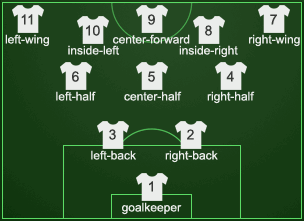
The Pyramid formation was one of the first organized tactics used in soccer. It emphasized a strong defense with three center-backs and five midfielders. The system was popular in the early 20th century, especially in British soccer.
Notable Players: Herbert Chapman (Arsenal), who revolutionized the game with his version of the Pyramid.
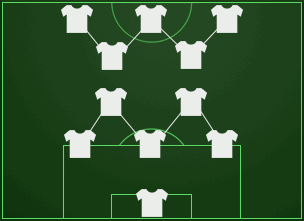
The WM formation was a tactical shift that prioritized balance between attack and defense. It was named after its resemblance to the letters W and M, due to the positioning of players. This formation helped teams like Hungary in the 1950s and Brazil in the 1970s dominate international football.
Key Player: Franz Beckenbauer (Germany), who mastered the role of sweeper in the WM system.
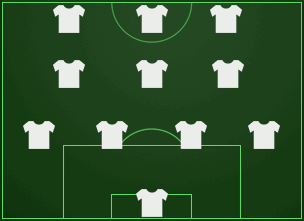
In the 2000s, the 4-3-3 formation became dominant, focusing on possession and attacking width. The tactical evolution, known as "Tiki-Taka," was popularized by Barcelona and the Spanish national team, emphasizing short passes and maintaining possession to break down defenses.
Key Coaches: Pep Guardiola and Vicente del Bosque, whose teams perfected the 4-3-3 and Tiki-Taka style.
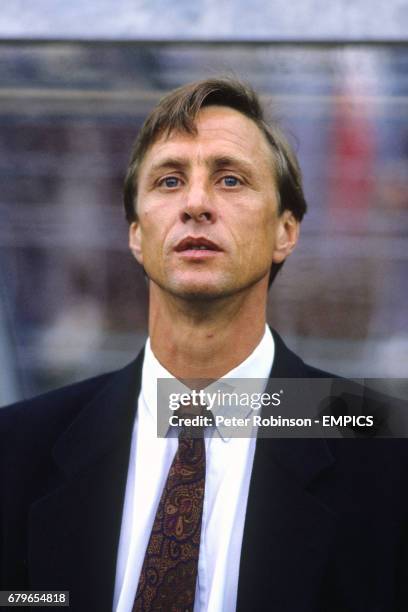
Johan Cruyff was a revolutionary figure in football, both as a player and as a coach. He was the mastermind behind the **Total Football** philosophy that transformed the game, particularly with Ajax and Barcelona.
Notable Tactics: Total Football, emphasis on possession and attacking play.
Notable Achievements: 3 European Cups with Ajax, La Liga titles with Barcelona, and the 1974 World Cup with the Netherlands.
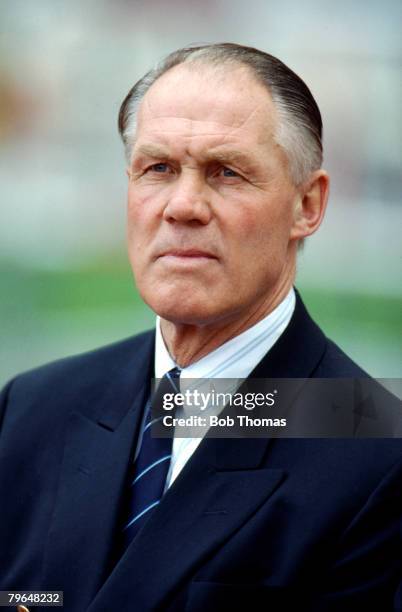
Rinus Michels is known for being the architect of **Total Football**. Way of playing that enchanted and revolutionized the world in the 1974 World Cup
Notable Tactics: Total Football, high pressing, fluid player movement.
Notable Achievements: 1974 World Cup runner-up, European Cup with Ajax, and a successful international career with the Netherlands.
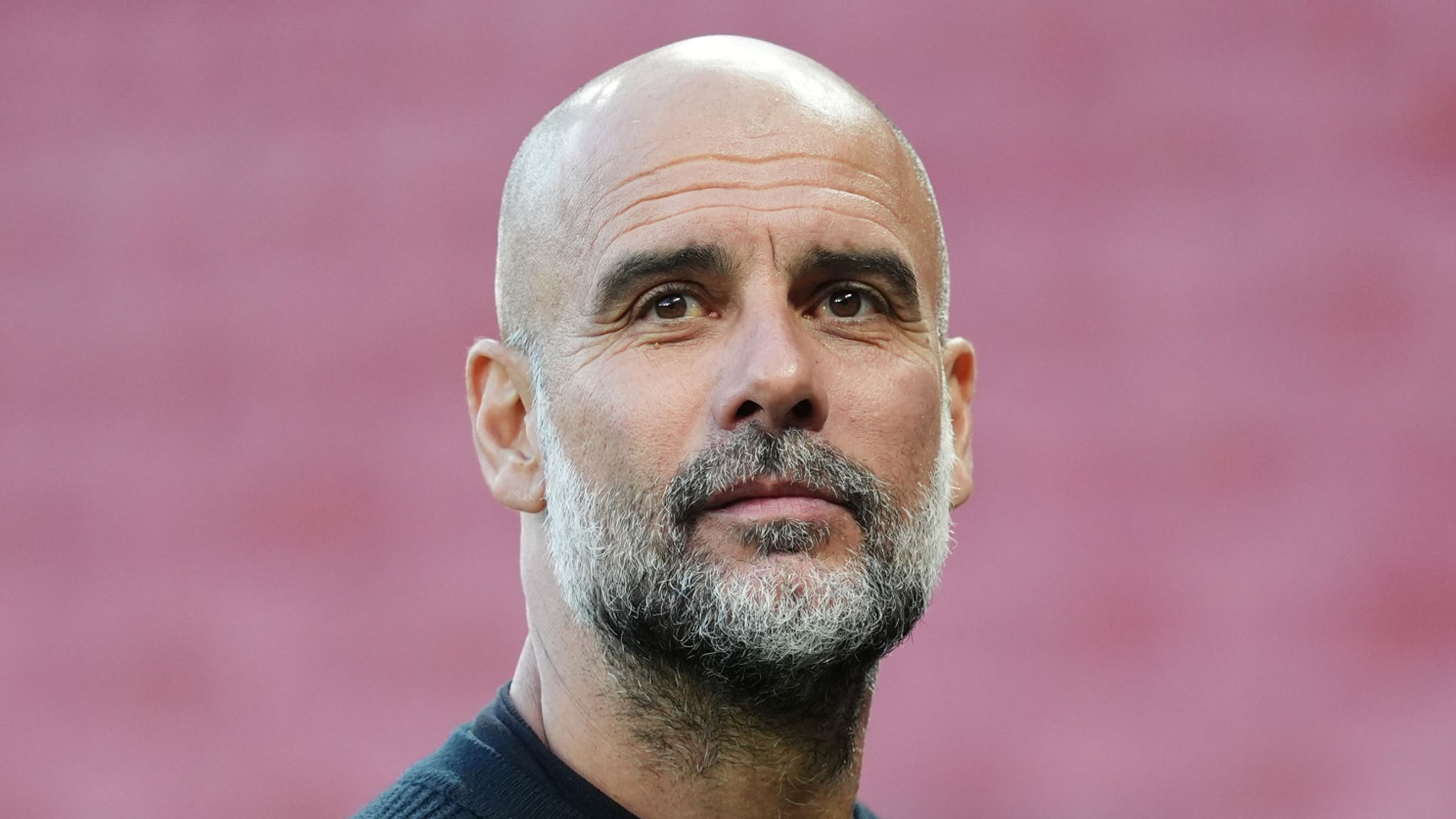
Pep Guardiola has made a massive impact on modern football, popularizing **Tiki-Taka** with Barcelona and later at Bayern Munich and Manchester City. His teams focus on possession, fluid passing, and positional play.
Notable Tactics: Tiki-Taka, positional play, high pressing, and ball possession.
Notable Achievements: Multiple La Liga, Champions League, and Premier League titles, widely considered the best football coach in history
In the past, football was defined by rigid formations, with teams sticking to a specific system (4-4-2, 4-3-3, etc.). However, modern football is moving away from fixed formations and placing more emphasis on the roles players perform on the pitch. Today, it's not just about where players stand, but what they do in the moment and how they adapt during the game.
The Role Over Formation Trend: With the rise of possession-based football and intense pressing systems, coaches have started to think more about the fluid roles of their players. For example, full-backs like **Trent Alexander-Arnold** are often seen pushing into midfield positions, while central midfielders like **Kevin De Bruyne** drop deeper to control the game, blurring the lines between attack and defense.
Notable Influences: Coaches like **Guardiola**, **Klopp**, and **Inzaghi** are leading this shift. Players now operate within flexible roles that can change depending on the flow of the game. For example, **Guardiola's full-backs** (e.g., **Joao Cancelo** and **Kyle Walker**) often invert into central midfield positions, creating overloads in the middle while maintaining defensive stability.
What’s Next? The future of tactics will likely see an even greater emphasis on **positionless football** where players have broader roles. Expect to see more **hybrid players** who can seamlessly transition between defensive and offensive duties, increasing the fluidity of tactical systems. Coaches will continue to look for players who can perform multiple roles within a game rather than sticking strictly to traditional positions.
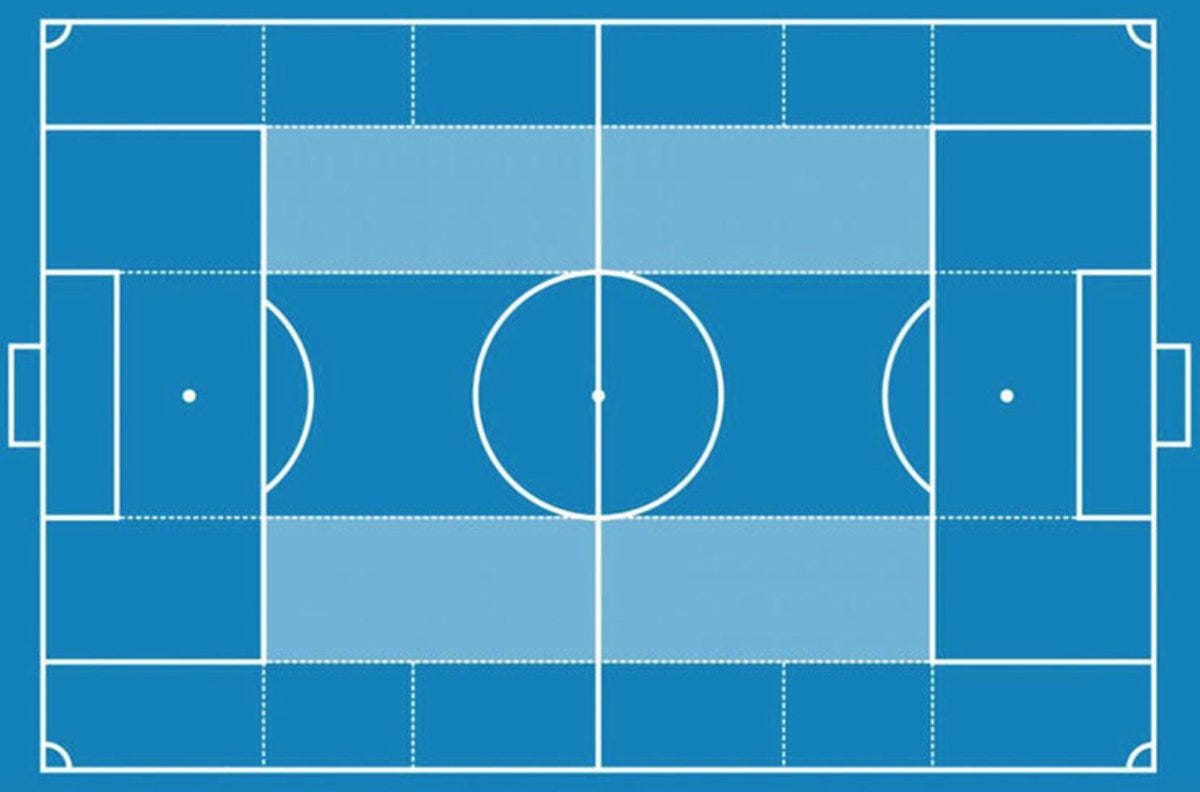
Pep Guardiola is one of the pioneers of role flexibility in modern football. While formations such as the **4-3-3** and **4-2-3-1** still remain common, Guardiola's tactical setups go beyond strict formations. For example, his full-backs at **Manchester City** frequently invert into midfield positions, allowing City to dominate possession while maintaining defensive solidity.
Player Role Focus: In Guardiola’s system, players like **Bernardo Silva** and **Ilkay Gündogan** are not confined to specific positions. Instead, they move fluidly across the pitch, with roles constantly shifting based on the team's needs. This allows Guardiola’s teams to control the game from multiple areas of the pitch.
What’s Next? As we look to the future, we can expect more managers to adopt role-based football where players must think beyond their assigned position and contribute in multiple areas of the field. The importance of flexibility and intelligence will be paramount.
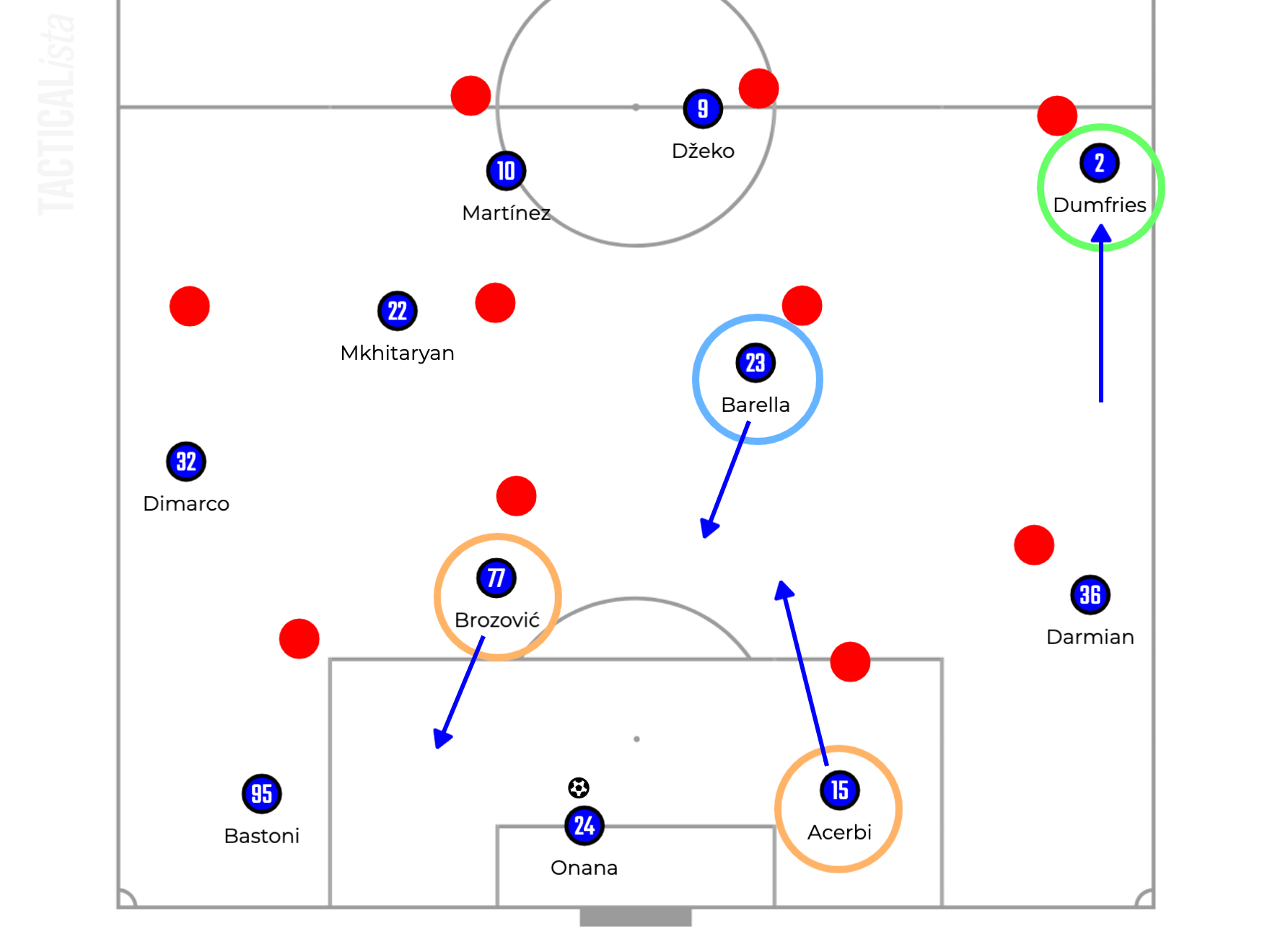
**Positionless football** is gaining traction in modern tactics. This concept focuses on the fluidity of players’ roles, with attacking and defensive duties shifting during the game. Coaches are increasingly favoring players who can adapt quickly and perform multiple functions on the field.
Trend Analysis: In systems like Liverpool's heavy metal pressing under Klopp, players often find themselves in different positions throughout the match. Midfielders transition into attacking roles, while full-backs drop back into central defense to provide cover. Internazionale in the 24/25 season for example has center backs that can ofensive roles and even score a lot of goals.
What’s Next? The next phase of football may see even more coaches embracing hybrid roles where players can transition seamlessly between defense, midfield, and attack. This fluidity will likely be driven by data analytics and new training methods that prepare players to perform in a variety of situations on the field.
This site explores the history and evolution of soccer tactics, from early formations to modern innovations. Whether you're a casual fan or a tactical expert, you'll find something fascinating here.